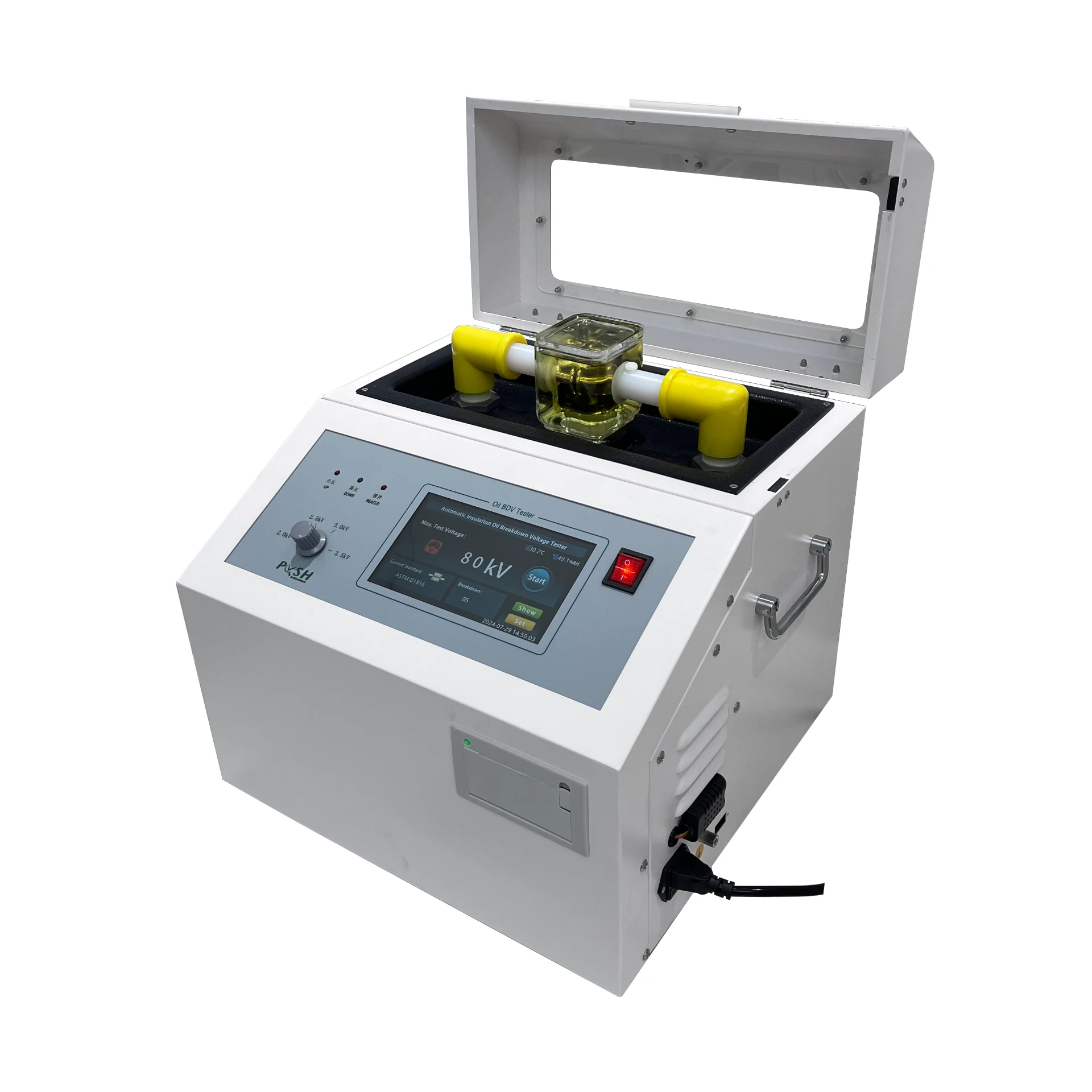 English
English



-
 Afrikaans
Afrikaans -
 Albanian
Albanian -
 Amharic
Amharic -
 Arabic
Arabic -
 Armenian
Armenian -
 Azerbaijani
Azerbaijani -
 Basque
Basque -
 Belarusian
Belarusian -
 Bengali
Bengali -
 Bosnian
Bosnian -
 Bulgarian
Bulgarian -
 Catalan
Catalan -
 Cebuano
Cebuano -
 China
China -
 China (Taiwan)
China (Taiwan) -
 Corsican
Corsican -
 Croatian
Croatian -
 Czech
Czech -
 Danish
Danish -
 Dutch
Dutch -
 English
English -
 Esperanto
Esperanto -
 Estonian
Estonian -
 Finnish
Finnish -
 French
French -
 Frisian
Frisian -
 Galician
Galician -
 Georgian
Georgian -
 German
German -
 Greek
Greek -
 Gujarati
Gujarati -
 Haitian Creole
Haitian Creole -
 hausa
hausa -
 hawaiian
hawaiian -
 Hebrew
Hebrew -
 Hindi
Hindi -
 Miao
Miao -
 Hungarian
Hungarian -
 Icelandic
Icelandic -
 igbo
igbo -
 Indonesian
Indonesian -
 irish
irish -
 Italian
Italian -
 Japanese
Japanese -
 Javanese
Javanese -
 Kannada
Kannada -
 kazakh
kazakh -
 Khmer
Khmer -
 Rwandese
Rwandese -
 Korean
Korean -
 Kurdish
Kurdish -
 Kyrgyz
Kyrgyz -
 Lao
Lao -
 Latin
Latin -
 Latvian
Latvian -
 Lithuanian
Lithuanian -
 Luxembourgish
Luxembourgish -
 Macedonian
Macedonian -
 Malgashi
Malgashi -
 Malay
Malay -
 Malayalam
Malayalam -
 Maltese
Maltese -
 Maori
Maori -
 Marathi
Marathi -
 Mongolian
Mongolian -
 Myanmar
Myanmar -
 Nepali
Nepali -
 Norwegian
Norwegian -
 Norwegian
Norwegian -
 Occitan
Occitan -
 Pashto
Pashto -
 Persian
Persian -
 Polish
Polish -
 Portuguese
Portuguese -
 Punjabi
Punjabi -
 Romanian
Romanian -
 Russian
Russian -
 Samoan
Samoan -
 Scottish Gaelic
Scottish Gaelic -
 Serbian
Serbian -
 Sesotho
Sesotho -
 Shona
Shona -
 Sindhi
Sindhi -
 Sinhala
Sinhala -
 Slovak
Slovak -
 Slovenian
Slovenian -
 Somali
Somali -
 Spanish
Spanish -
 Sundanese
Sundanese -
 Swahili
Swahili -
 Swedish
Swedish -
 Tagalog
Tagalog -
 Tajik
Tajik -
 Tamil
Tamil -
 Tatar
Tatar -
 Telugu
Telugu -
 Thai
Thai -
 Turkish
Turkish -
 Turkmen
Turkmen -
 Ukrainian
Ukrainian -
 Urdu
Urdu -
 Uighur
Uighur -
 Uzbek
Uzbek -
 Vietnamese
Vietnamese -
 Welsh
Welsh -
 Bantu
Bantu -
 Yiddish
Yiddish -
 Yoruba
Yoruba -
 Zulu
Zulu
check the functioning of isolation transformer
Understanding the Functioning of Isolation Transformers
Isolation transformers play a pivotal role in various electrical applications, serving as a crucial component in ensuring safety, reducing noise, and enhancing operational efficiency. As their name suggests, these transformers provide electrical isolation between their input and output circuits, which serves several important functions.
What is an Isolation Transformer?
An isolation transformer is a type of transformer designed to isolate electrical devices from the power source. It achieves this through the use of two windings the primary and secondary coils. These coils are magnetically coupled, which allows power to be transferred while preventing direct electrical connection. This isolation is crucial in many scenarios where safety and performance are paramount.
Key Functions of Isolation Transformers
1. Electrical Isolation The primary function of an isolation transformer is to separate different sections of an electrical system. This is vital for protecting sensitive equipment from voltage spikes, transients, and ground faults which can lead to equipment damage or failure.
2. Noise Reduction Isolation transformers help to eliminate electrical noise from the power supply. This is particularly important in sensitive environments, such as hospitals or laboratory settings, where electronic devices must operate with minimal interference. By breaking the ground loop, these transformers can significantly reduce hum, buzz, and other unwanted signals.
3. Voltage Step-Up or Step-Down While isolation transformers primarily serve the purpose of isolation, they can also be designed to adjust voltage levels. They can either step up or step down voltage, making them versatile for various applications in industrial and commercial settings.
4. Equipment Protection Many electronic devices are sensitive to fluctuations in voltage. Isolation transformers provide a buffer against these variations, ensuring that the connected equipment operates within its specified voltage range. This helps prolong the lifespan of devices and minimizes maintenance costs.
check the functioning of isolation transformer

5. Safety Enhancement By isolating the secondary circuit from the primary, these transformers greatly improve the safety of electrical systems. They protect users from electric shocks and fires caused by faults in the electrical supply. In healthcare, for example, isolation transformers are used for medical equipment to ensure patient safety, reducing the risk of electrical shock in a clinical environment.
Applications of Isolation Transformers
Isolation transformers are widely used across various sectors, including
- Healthcare As mentioned, isolation transformers are used in hospitals to ensure the safety of sensitive medical devices, providing a safe environment for patients and preventing equipment malfunction.
- Industrial Applications In manufacturing plants, these transformers are used to isolate heavy machinery from the main power grid, ensuring that the machinery operates safely and efficiently.
- Data Centers In environments where data integrity is critical, such as data centers, isolation transformers prevent electrical noise and interference, leading to clean power for servers and networking equipment.
- Telecommunications These transformers are employed in communication systems to ensure reliable operation by protecting sensitive devices from external electrical disturbances.
Conclusion
Isolation transformers are essential for the reliable and safe functioning of many modern electrical systems. Their ability to provide electrical isolation, reduce noise, and protect sensitive equipment makes them indispensable across various industries. Whether in a medical facility ensuring patient safety or in a manufacturing plant enhancing machinery performance, isolation transformers underscore the importance of reliability and safety in electrical engineering. As technology continues to advance and electrical systems grow more complex, the role of isolation transformers will only become more critical in safeguarding both equipment and personnel from potential electrical hazards.
-
Testing Equipment Industry Sees Major Advancements in 2025: Smart & Precision Technologies Lead the WayNewsJun.06,2025
-
Applications of Direct Current Generators in Renewable Energy SystemsNewsJun.05,2025
-
Hipot Tester Calibration and Accuracy GuidelinesNewsJun.05,2025
-
Digital Circuit Breaker Analyzer Features and BenefitsNewsJun.05,2025
-
Benefits of Real-Time Power Quality Monitoring Devices for Industrial EfficiencyNewsJun.05,2025
-
Earth Fault Loop Testing in High-Rise Building Electrical SystemsNewsJun.05,2025



